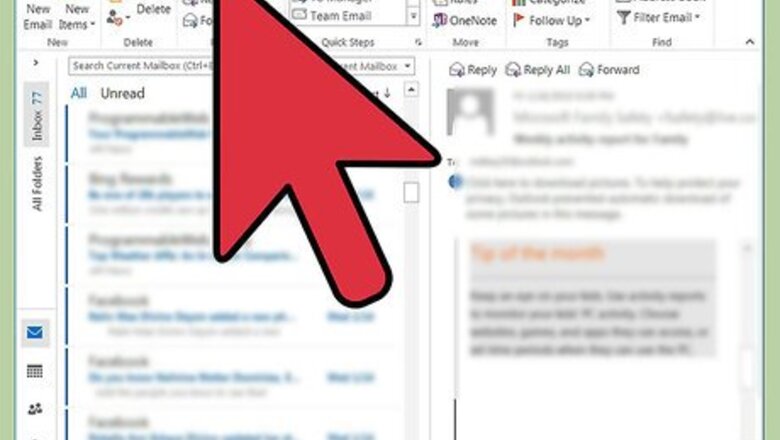
views
Steps
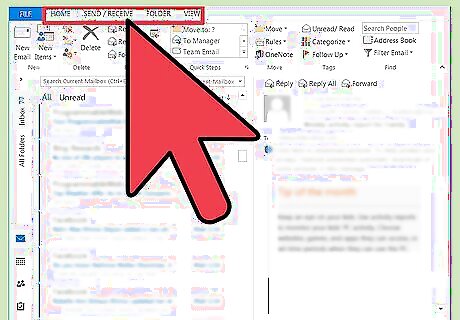
Use the tabs along the top to access different functions. Traditional menus are a thing of the past in Outlook 2013, and nearly all of the functions you used to access through them can now be found in the tabs along the top of the screen. Some tabs may only be available when specific windows are open. For example, the Messages tab will appear when you compose a new message.
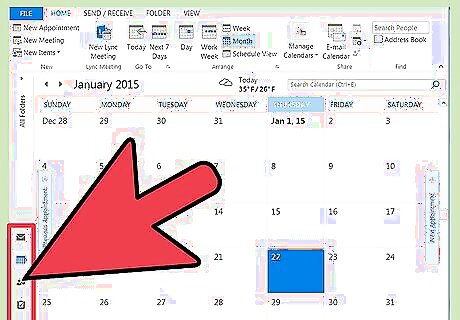
Use the category buttons at the bottom to switch views. You can switch between Mail, Calendar, People, and Tasks by clicking their buttons at the bottom of the screen. The functions in your tabs will change depending on which view you are using. For example, the Home tab will look different for Mail than for Calendar.
Finding the Various Tools Functions
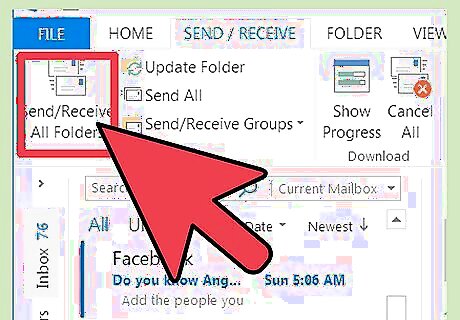
Find the "Send/Receive All Folders" function. This can be found in the Send/Receive tab, on the far left side.
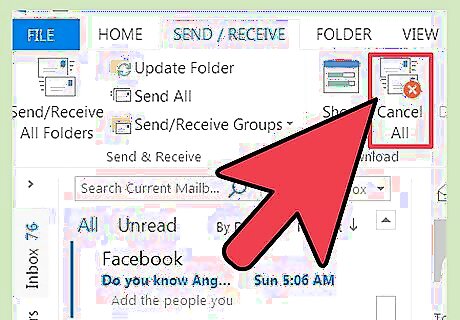
Find the "Cancel All" function. This can also be found in the Send/Receive tab, in the "Download" group.
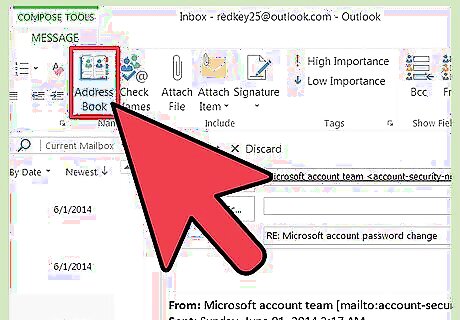
Find the "Address Book" function. This can be found in the Message tab, in the "Names" group.
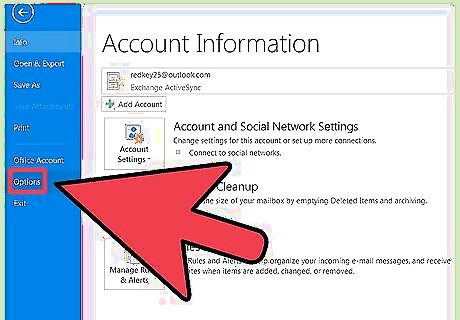
Find the "Outlook Options" menu. This can be found in the File tab, at the bottom of the list of options.
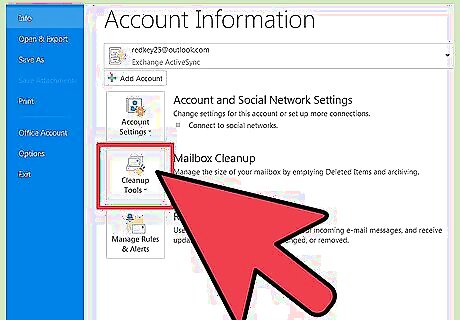
Find the "Mailbox Cleanup" tool. This can be found in the File tab in the "Info" section. Click the "Cleanup Tools" button and select "Mailbox Cleanup".
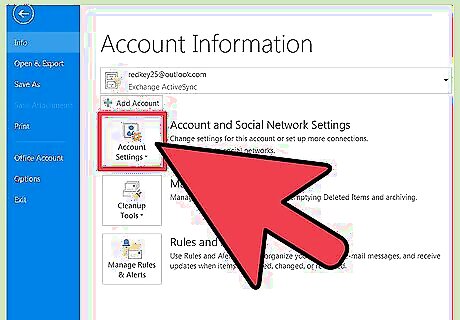
Find the "Account Settings" menu. This can be found in the File tab in the "Info" section. Click the "Account Settings" button.
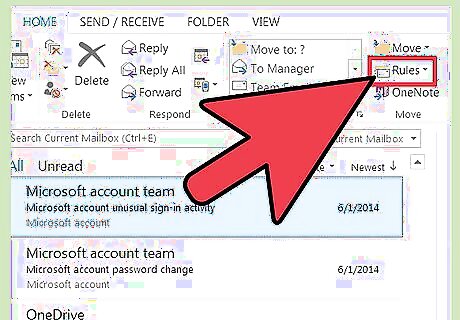
Find the "Rules" menu. This can be found in the Home tab in the "Move" section. Click the "Rules" button and select "Manage Rules & Alerts".
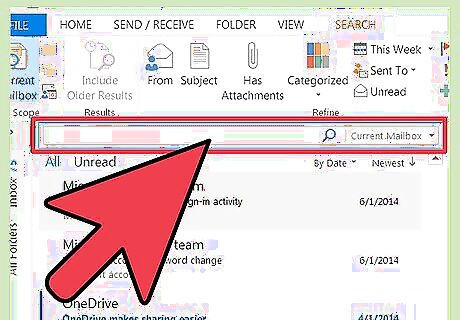
Find the "Search" function. You can initiate a search from your Inbox in the Home tab. The search bar is located above your inbox contents. Clicking in the search field will open the Search tab which contains all of your search options.
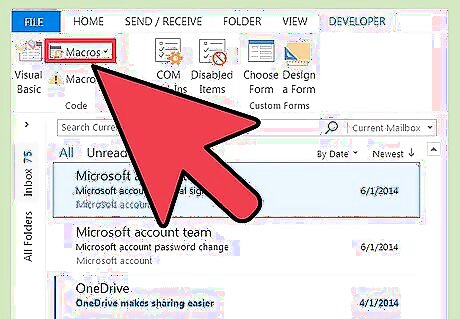
Find the "Macro" options. Finding the macro options in 2013 is a bit more difficult, and requires enabling the Developer tab. Click the File tab. Select "Options". Select the "Customize Ribbon" section. Check the "Developer" option in the right frame and press OK. Find the "Macro" option in the Developer tab, in the "Code" section.
Using Classic Menus
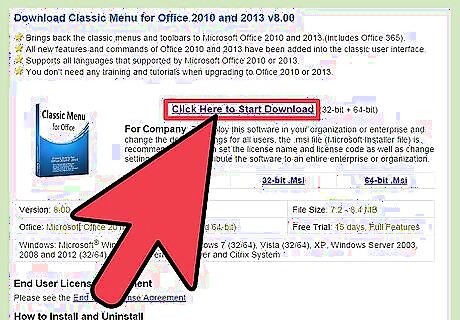
Download the Classic Menu plugin. If you can't get used to finding what you need in Outlooks various tabs, you can download and install a Classic Menu plugin that adds the old menus back to Outlook and your other Office programs. The plugin isn't free, but has a trial period so you can decide if you like it. You can get the plugin from addintools.com.
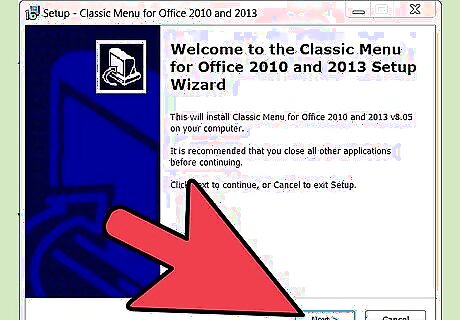
Install the plugin. Download the trial and follow the prompts to install it. You will need to close any open Office programs.
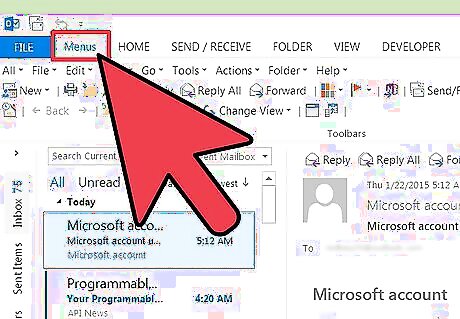
Find the menus. Once the plugin is installed, you can start up Outlook or any other Office program and click the Menus tab. All of your familiar menus will be found along the top of the tab.




















Comments
0 comment